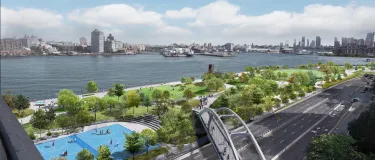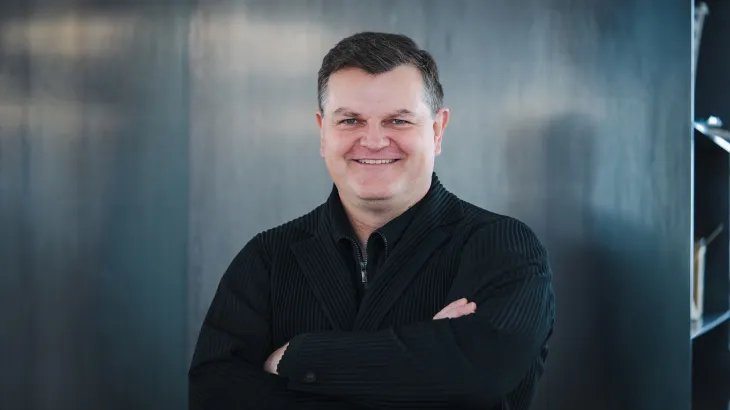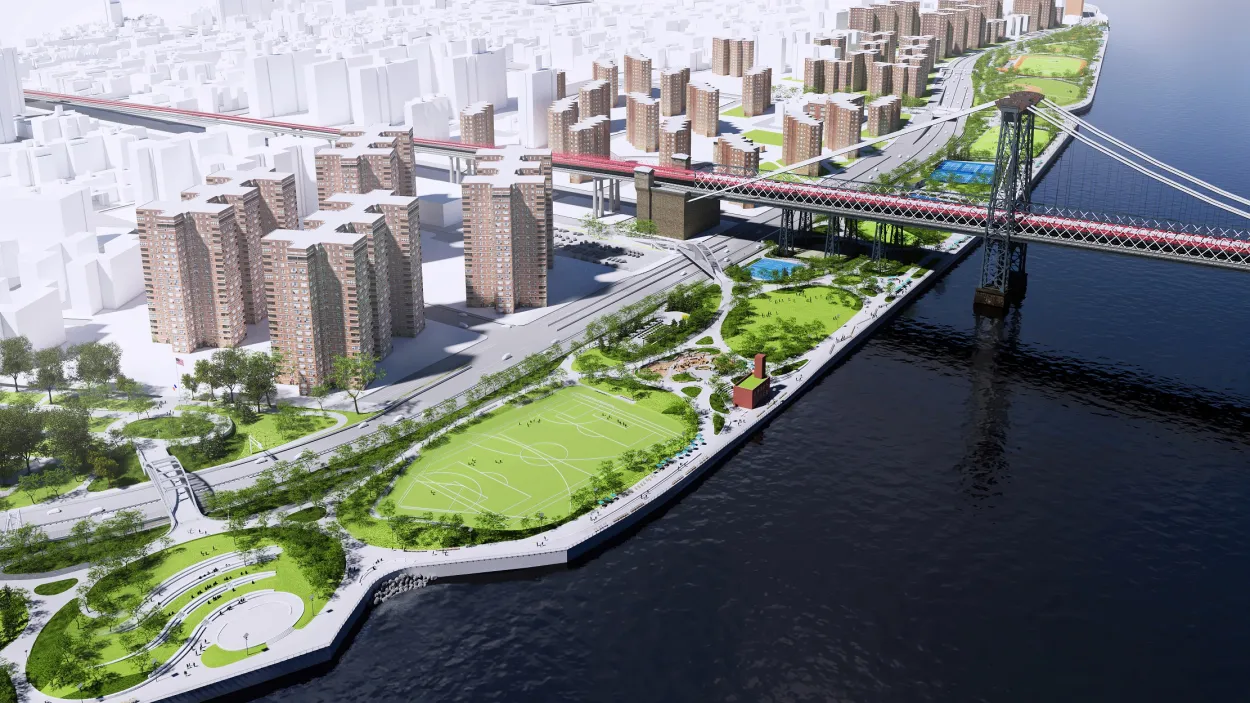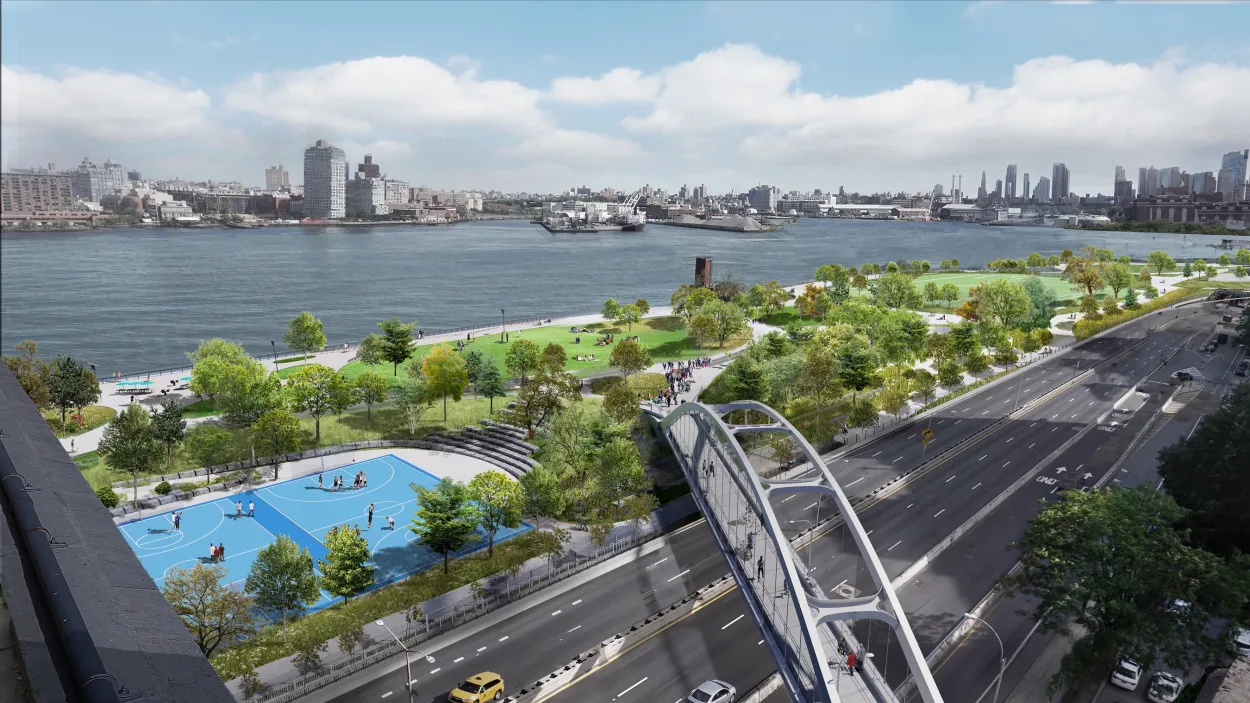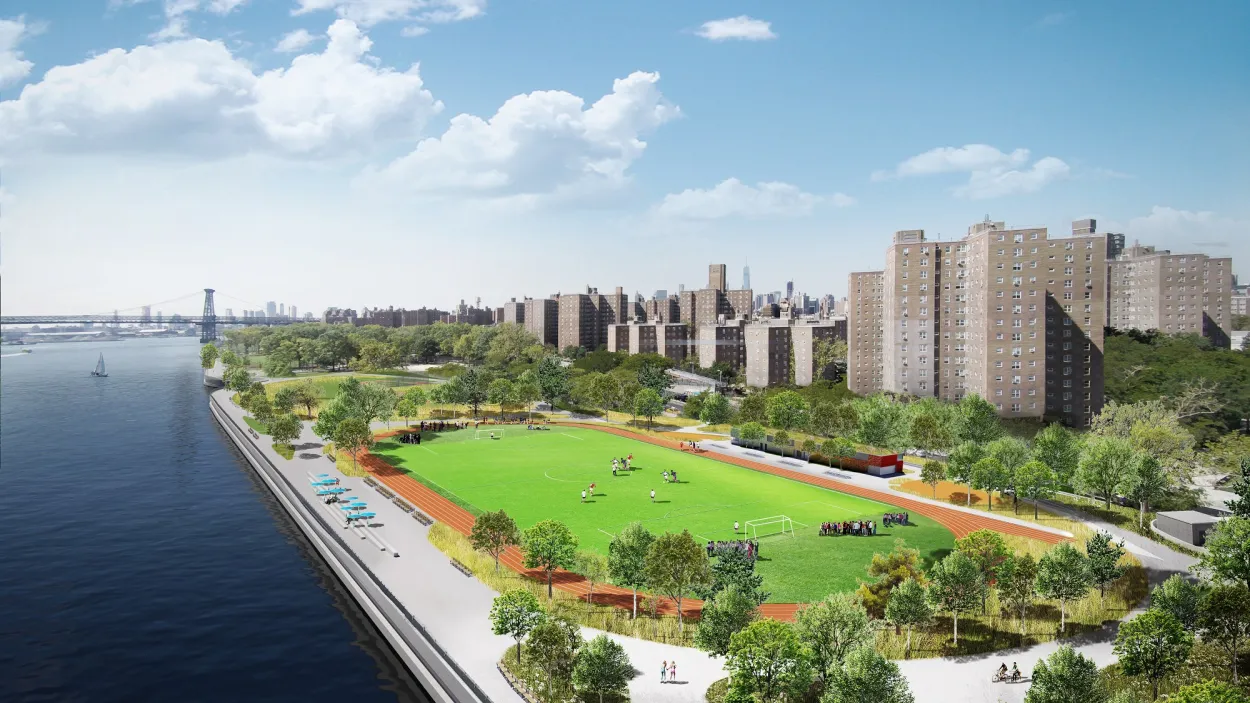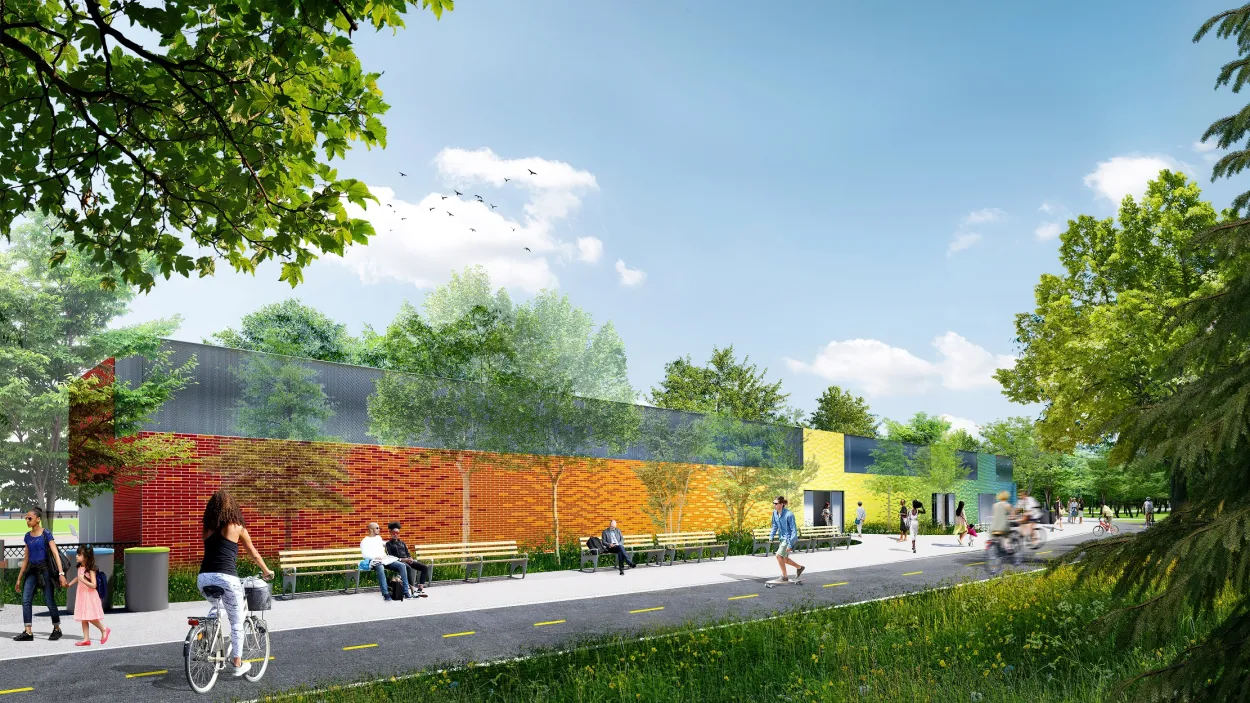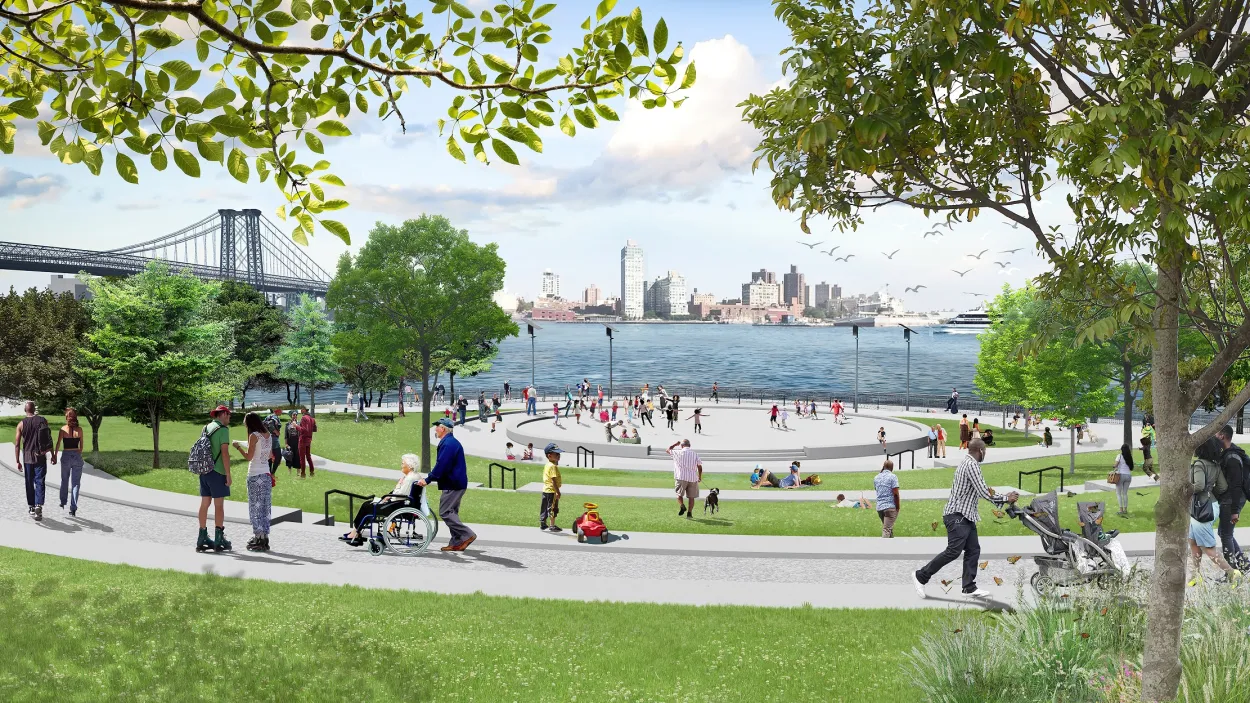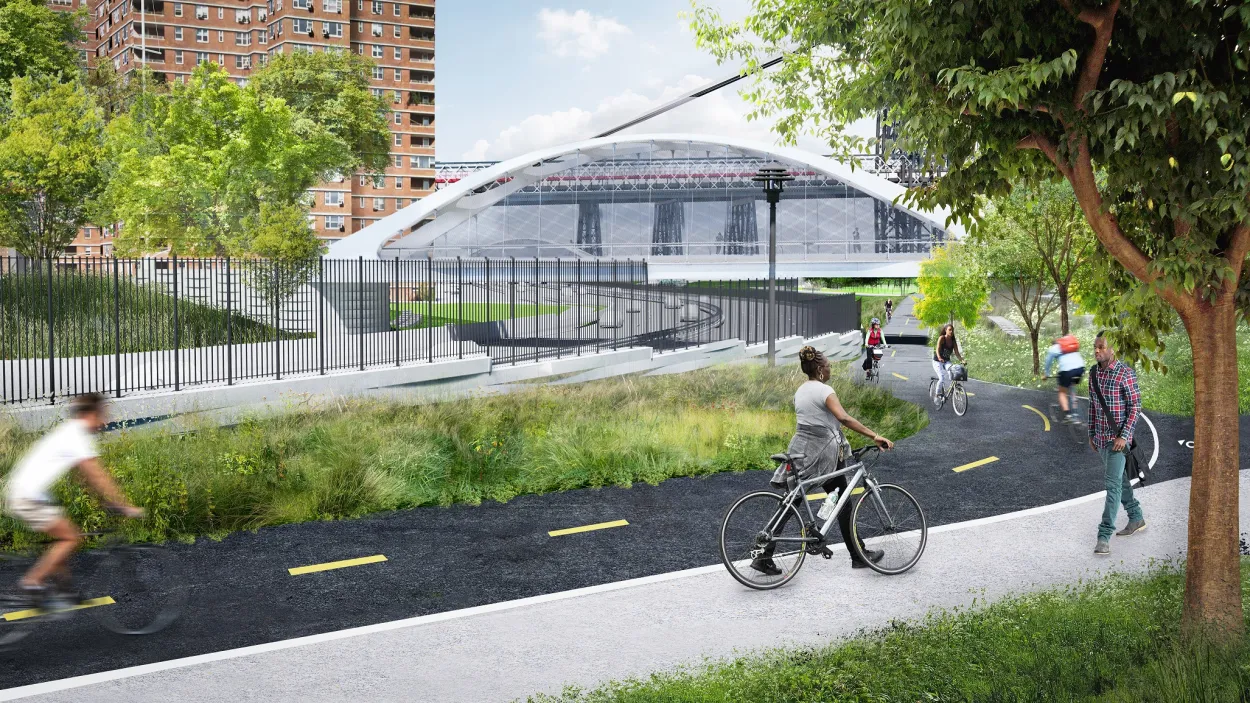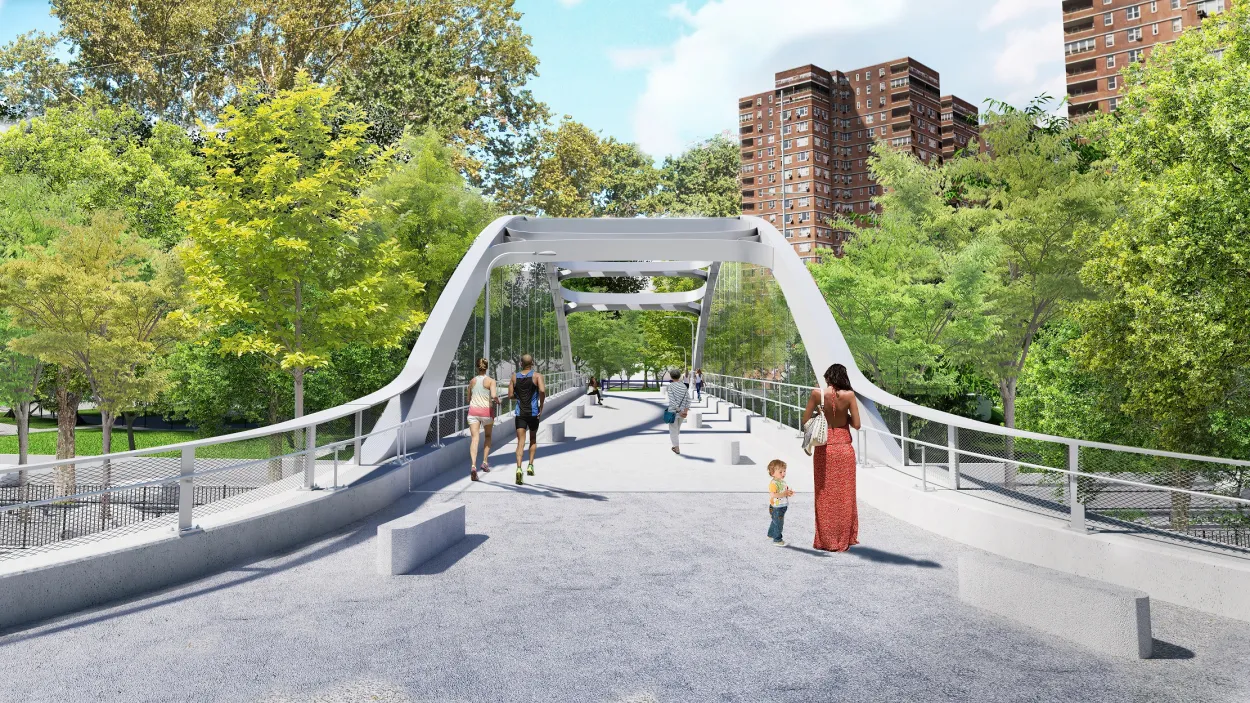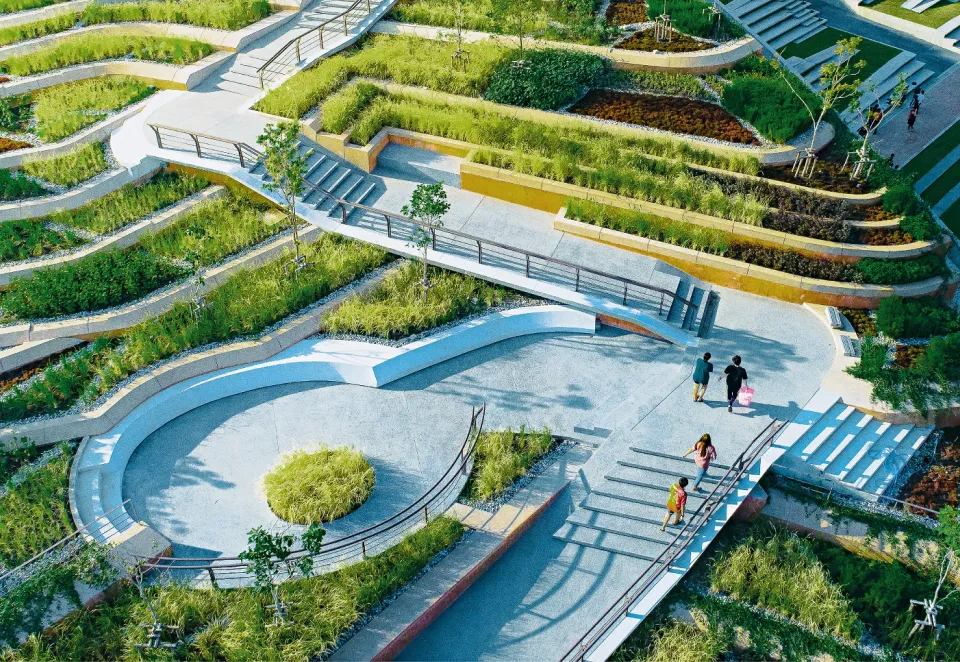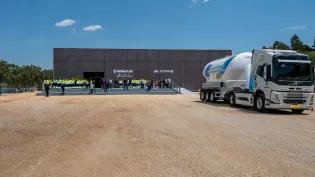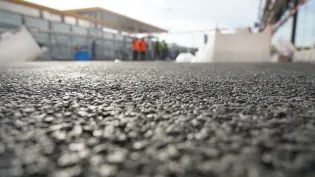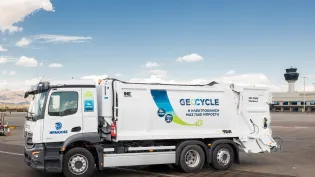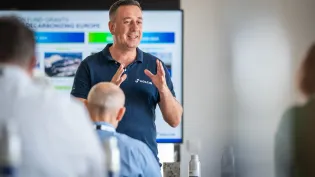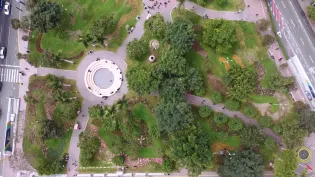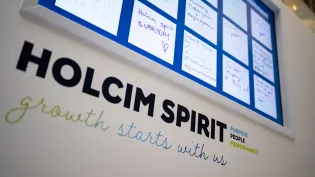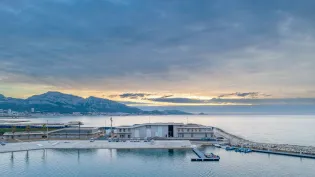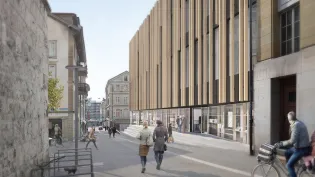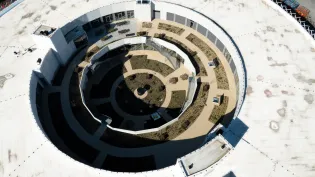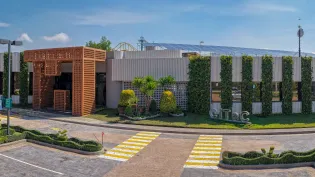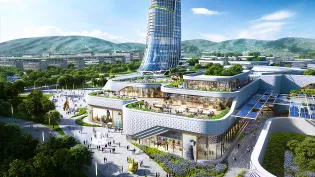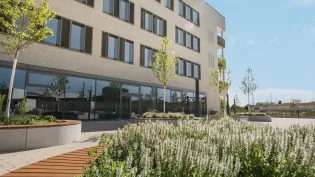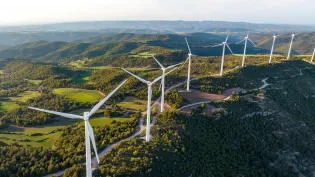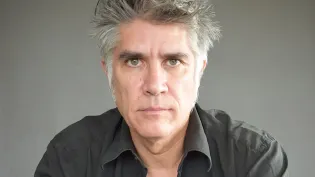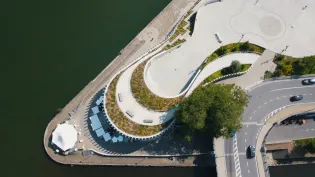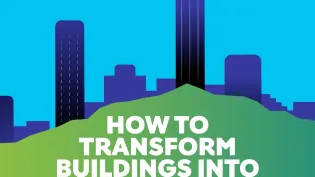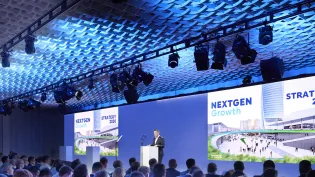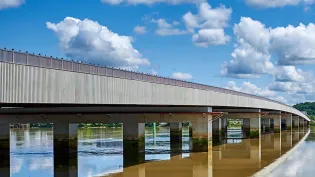“Holcim walls” for circular and resilient cities: in conversation with Kai-Uwe Bergmann
With urban resilience increasingly top of mind for architects and city planners, we need to develop solutions to make our homes, schools and other vital infrastructure climate-resilient. And we need to do this in a way that is sustainable and circular to help cities respect planetary boundaries.
What are some of the best examples of circularity and climate resilience in action? And how can architects work together with companies to build the sustainable cities of the future? Kai-Uwe Bergmann, Partner at BIG, shares his thoughts on the topic.
We’re in New York City, a city that’s vulnerable to the consequences of a rapidly changing climate. What innovative design approaches can contribute to creating sustainable and resilient cities?
One can approach climate change from a building perspective and also by looking at the public realm and the sorts of systems that underlie all of the buildings. If you consider it from the perspective of buildings and their systems, you can actually make major inroads on making things much more climate adaptive.
For example, the “Big U” project came out of Superstorm Sandy, which knocked out power to a great part of New York. Afterwards, the authorities ran a “Rebuild By Design” effort to find ways to not only build back what was destroyed during the storm, but also to actually build something that is resilient and would show a smarter way of building. We call this social infrastructure, which means designing the infrastructure against climate change while also thinking about the social benefits that those investments could create.
Where you have this type of flood mitigation, of course, you also have flood walls. To make these extra durable and resilient we used concrete. We call these the “Holcim walls”!
The project won a Holcim Foundation Silver Award back in 2014, and we used some of the award funds to communicate the project to the local communities.
East Side Coastal Resiliency project, New York City
Photo credit: @BIG
Cities play a pivotal role in driving circular construction. How can architects influence urban development to be more circular?
Circularity is key in the way we should think about a building. We should think about the whole life of the building, and we should think about the next phase or next life of the building. If we design not only how to build but also how to disassemble the building, I think it really speaks to thinking about future generations in a more meaningful way.
At BIG, circularity is worked through and into our designs. For me personally, it's just about designing intelligently. It could be as simple as the space we're in right now, our BIG office in Brooklyn. An old warehouse built 100 years ago as storage space for a manufacturer, it's now an office for an architecture firm. In 10 years it could be a residential building. These possibilities are here because of the height of the space we’re in.
So circularity is all about designing places and spaces that are flexible and can serve all kinds of purposes, so we don’t need to build so many new buildings. It's also about creating this flexibility and adaptability into our designs to ensure the maximum future potential of buildings.
When we design the cities of the future, how are circularity and climate resilience connected?
Resilience is a way of thinking about how your buildings perform and circularity is about designing a building in such a way that all of its uses and functions are thought through. And while a building is in use and going through all of its different use phases, it also needs to protect. In the case of a resilient project like the BIG U, it needs to protect against sea level rise. So you have to think not only about the now, but also about how the building might be used and how it will need to perform in 50 or 100 years time.
When it comes to making cities circular and climate-resilient, why is it important that architects work with companies like Holcim?
What I really appreciate about Holcim is its commitment to sustainability. This is done through various workshops and the Holcim Foundation Awards. Holcim is a company that is looking for ways to innovate and help us, as architects, build cities that are low-carbon, circular and resilient. It does this by collaborating with us, the practitioners working at the tip of innovation.
Here in New York, we're working on the Big U. That's a generational project that has to span multiple mayors and political establishments. And it’s still going to be another 20 years before it's actually fully built out. So the ability to work with a company that will innovate along the way and actually bring the new technologies and the new mixes that we will need is hugely beneficial to the project.
The Holcim Foundation Awards 2025 will open this October. Why should your peers enter a project?
It is the most global award program out there. For the last award season there were over 2,000 submissions from all corners of the planet.
I think that having the same interest in what happens in Latin America or the Middle East or the Far East, as well as what's happening in the U.S. and Europe, is what makes this award program so strong. It really brings the best examples from all corners of the planet together, and this allows for meaningful exchanges and knowledge sharing to happen.
And it isn't important that something has to be made out of concrete or cement – it's about the essence of the project and what it means for humanity.
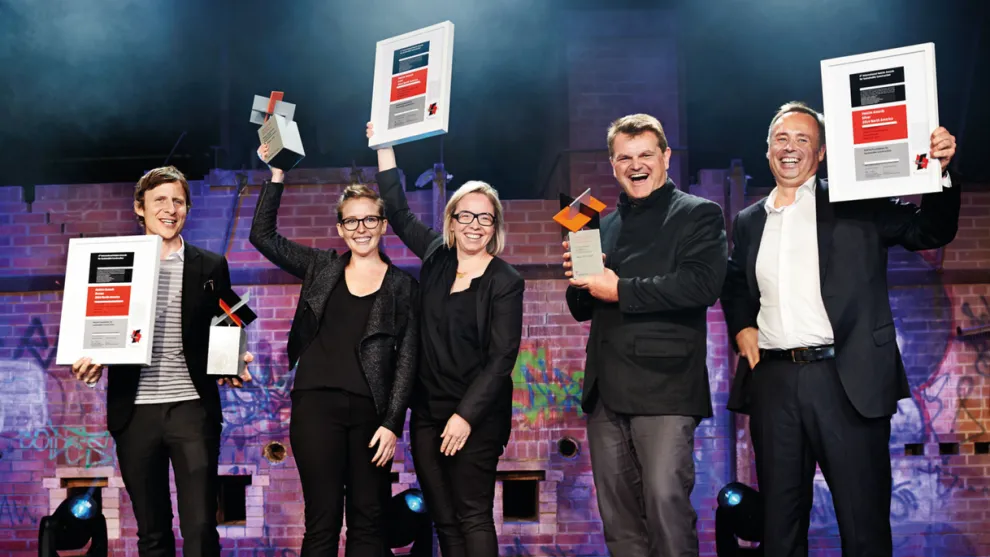
Far left: Kai-Uwe Bergmann – BIG, New York, and Matthijs Bouw - One Architecture, Amsterdam – members of the consortium winning Holcim Awards Silver for “Rebuild by Design: Urban flood protection infrastructure” in 2014.





